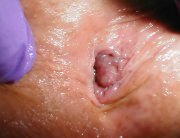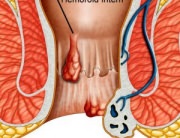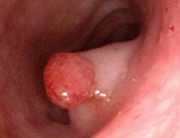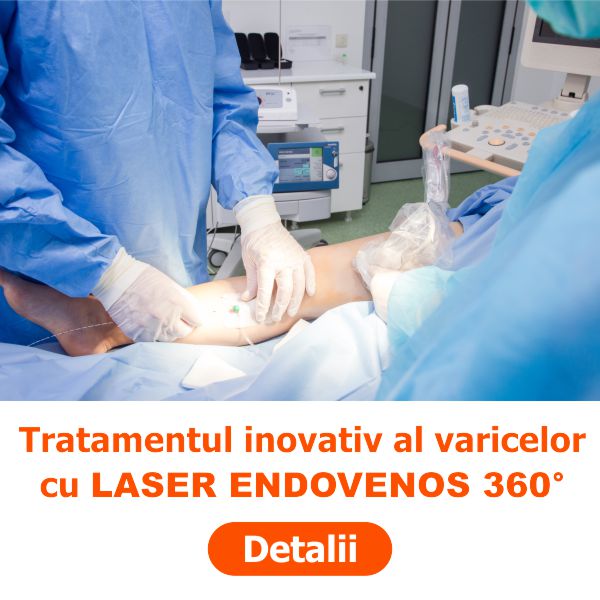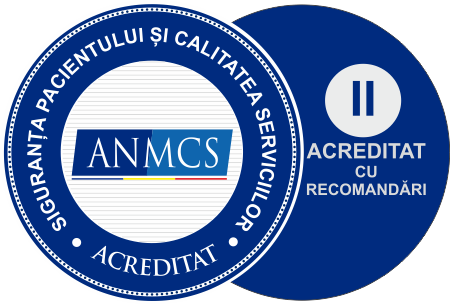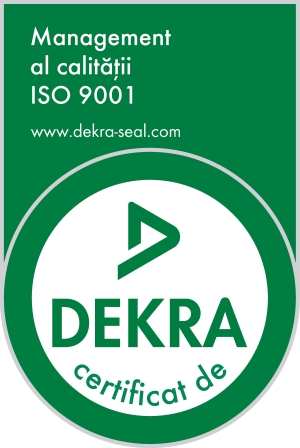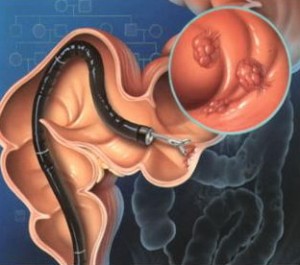 The patient with a proctologic condition comes to the doctor’s practice for bleeding through the anal orifice (red blood, generally accompanying the stool or not), ano-perianal pain with various degrees of severity (discomfort, stinging, pain), haemorrhoid prolapse (reducible or not). Following the discussion with the patient (anamnesis and medical history) and the clinical examination (which, in this case, includes the digital rectal examination and the anoscopy), the doctor sets a stage diagnosis. It must be supported by further investigations (positive diagnosis) and each of the patient’s symptoms must be analyzed in terms of the condition triggering it (differential diagnosis).
The patient with a proctologic condition comes to the doctor’s practice for bleeding through the anal orifice (red blood, generally accompanying the stool or not), ano-perianal pain with various degrees of severity (discomfort, stinging, pain), haemorrhoid prolapse (reducible or not). Following the discussion with the patient (anamnesis and medical history) and the clinical examination (which, in this case, includes the digital rectal examination and the anoscopy), the doctor sets a stage diagnosis. It must be supported by further investigations (positive diagnosis) and each of the patient’s symptoms must be analyzed in terms of the condition triggering it (differential diagnosis).
It is important that the differential diagnosis is set based on all the signs and symptoms determining the patient to request a specialist consultation. Red blood leakage through the anal orifice can be triggered by a proctologic disorder (haemorrhoids, anal fissures), excluding a hemorrhagic risk condition on the rectum or left-hand side colon. In this respect, a rectosigmoidoscopy is recommended, as it may highlight disorders such as: colon polyps sau polyposis, colon diverticulosis, colon cancer, inflammatory colon diseases (ulcero-hemorrhagic rectocolitis, Crohn’s disease, indeterminate colitis), angiodysplasia injuries.
The excretion of semi-digested blood, cherry-red blood, may be caused by an injury located upwards on the colon (transverse or ascending colon), and, in this case, a full colonoscopy is required (with the viewing of the whole colon area). Considering the severity of the listed conditions, the introduction of the endoscopy investigations in the diagnosis protocols for ano-perianal diseases is perfectly explainable and it is desirable that the patient to whom such an investigation is proposed accepts it, while understanding its relevance.
There are patients who suffer from a haemorrhoidal disease who come to the proctology practice because of the acute symptoms caused by transit disorders. Alternating constipation and diarrhea is a symptom that highly suggests a colonic stenosis. In this case, the full colonoscopy or the irigography is indicated.
The imperious need to defecate or the anal excretion of mucus are, to a low extent, symptoms that may accompany the proctology conditions, but, in many cases, they may be caused by the presence of polyps or of villous tumours, which are easy to diagnose through an endoscopic investigation.
In many cases, ano-perianal disorders may be the manifestations of other diseases that can be diagnosed at that point or, more rarely, preceding the onset of another condition (e.g.: perianal fistulas in Crohn’s disease).
Ano-perianal or hypogastric pain (a frequently encountered symptom in proctological diseases) can also be caused by injuries located on the rectum or on the sigmoid – tumours, inflammatory diseases, diverticulitis – conditions that are easy to highlight if the patient accepts a rectosigmoidoscopy. The possibility for a pelvic abscess to actually be an abscessed tumour should by no means be excluded. This is easily noticeable through a rectoscopy examination. At the same time, the therapeutic alternatives that the endoscopy investigations currently offer are also highly important, as they often help avoid classical surgery.
We hope that this presentation will make it easier for the patient to understand and accept a somewhat more aggressive investigation, but, which, however, offers important benefits.




